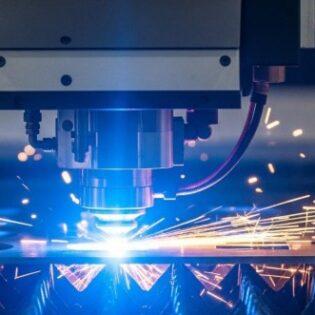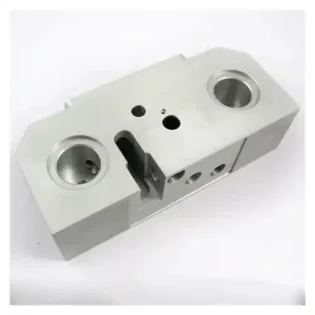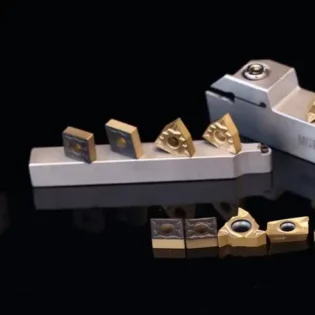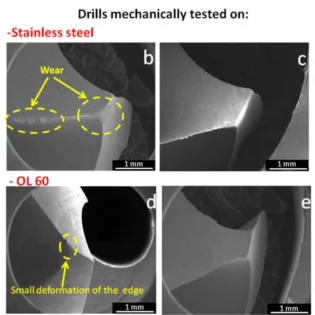Table 1: Selection of Tool Geometric Parameters for Turning Titanium Alloys
| Tool material | Front Rake Angle | ?Back Rake Angle | Cutting Edge Inclination Angle | Main Clearance Angle | Secondary Clearance Angle | Chamfer Width (mm) | Chamfer Front Angle | Cutting Edge Radius (mm) |
| Carbide lathe | 5~10 | 10~15 | 0~10 | 45~75 | 15 | 0.05~0.3 | 0.10~0 | 0.5~1.5 |
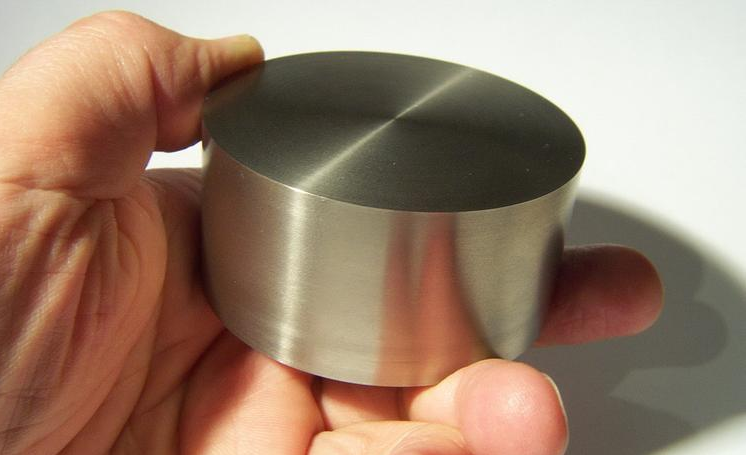
Machining amount
The cutting speed for turning titanium alloys should not be too high, and the cutting depth can be relatively large, while the feed rate should be appropriate. A feed rate that is too large can cause burning of the cutting edge, while a feed rate that is too small results in rapid wear of the cutting edge when processing the hardened layer. When turning titanium alloys, rust-proof emulsion or extreme-pressure emulsion can be used for cooling and lubrication. The recommended cutting parameters for turning titanium alloys are as shown in
Table 2: Selection of Cutting Parameters for Turning Titanium Alloys
| Feed (mm) | cutting speed(mm) |
| 0.08~0.12 | 87~69 |
| 0.13~0.17 | 71~59 |
| 0.16~0.24 | 62~51 |
| 0.25~0.30 | 53~47 |
| 0.33~0.44 | 48~41 |
| 0.45~0.65 | 42~34 |
Note: Conditions for the use of this table: Tool material YG8, workpiece material TC4, tool geometric angles front rake angle = 5°, back rake angle = 10°, main clearance angle = 75°, secondary clearance angle = 15°, cutting edge radius = 0.5mm, turning depth = 1mm, dry turning. If using cutting fluid, the turning speed in the table can be appropriately increased.
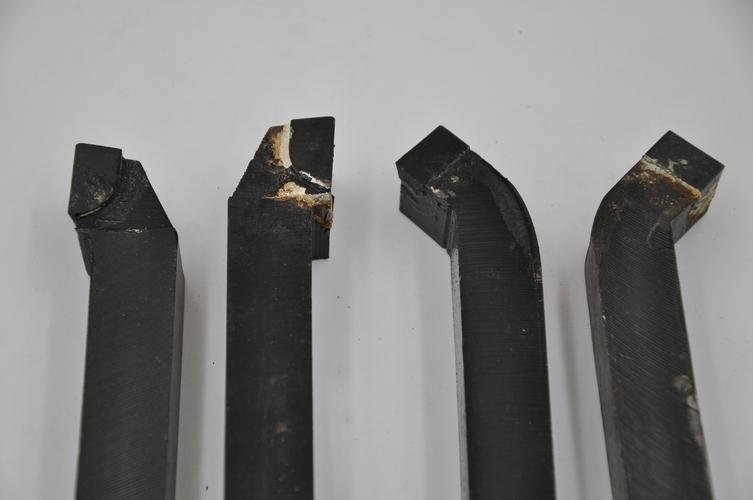
Machining parameters
Machining Temp.
When turning titanium alloys, the cutting temperature is high, and tool durability is low. Among the cutting parameters, cutting speed has the most significant impact on cutting temperature. Therefore, efforts should be made to ensure that the cutting temperature generated at the selected cutting speed is within the optimal range. The recommended cutting temperature for turning titanium alloys with high-speed steel tools is approximately 480°C to 540°C, while for hard alloy tools, it is around 650°C to 750°C.
Cutting speed Vc
The cutting speed has the most significant impact on tool durability, and it is preferable to operate the tool at the optimal cutting speed with minimal relative wear. When turning titanium alloys of different grades, the cutting speed should be adjusted appropriately due to significant differences in strength. The turning depth also has a certain influence on the cutting speed, and the magnitude of the cutting speed should be determined based on different turning depths.
Feed rate
The feed rate has a relatively small impact on tool durability. While ensuring the machining surface roughness, a larger feed rate can be chosen, typically ranging from f=0.1 to 0.3 mm/r. If the feed rate is too small, the tool may cut within the hardened layer, increasing tool wear. Additionally, extremely thin chips are prone to spontaneous combustion at high cutting temperatures, so a feed rate below f<0.05 mm/r is not allowed.
Cutting depth (ap) has the least impact on tool durability. A larger cutting depth is generally chosen to avoid cutting within the hardened layer, reducing tool wear. It also increases the working length of the cutting edge, promoting heat dissipation. Typically, ap is set at 1 to 5 mm.

